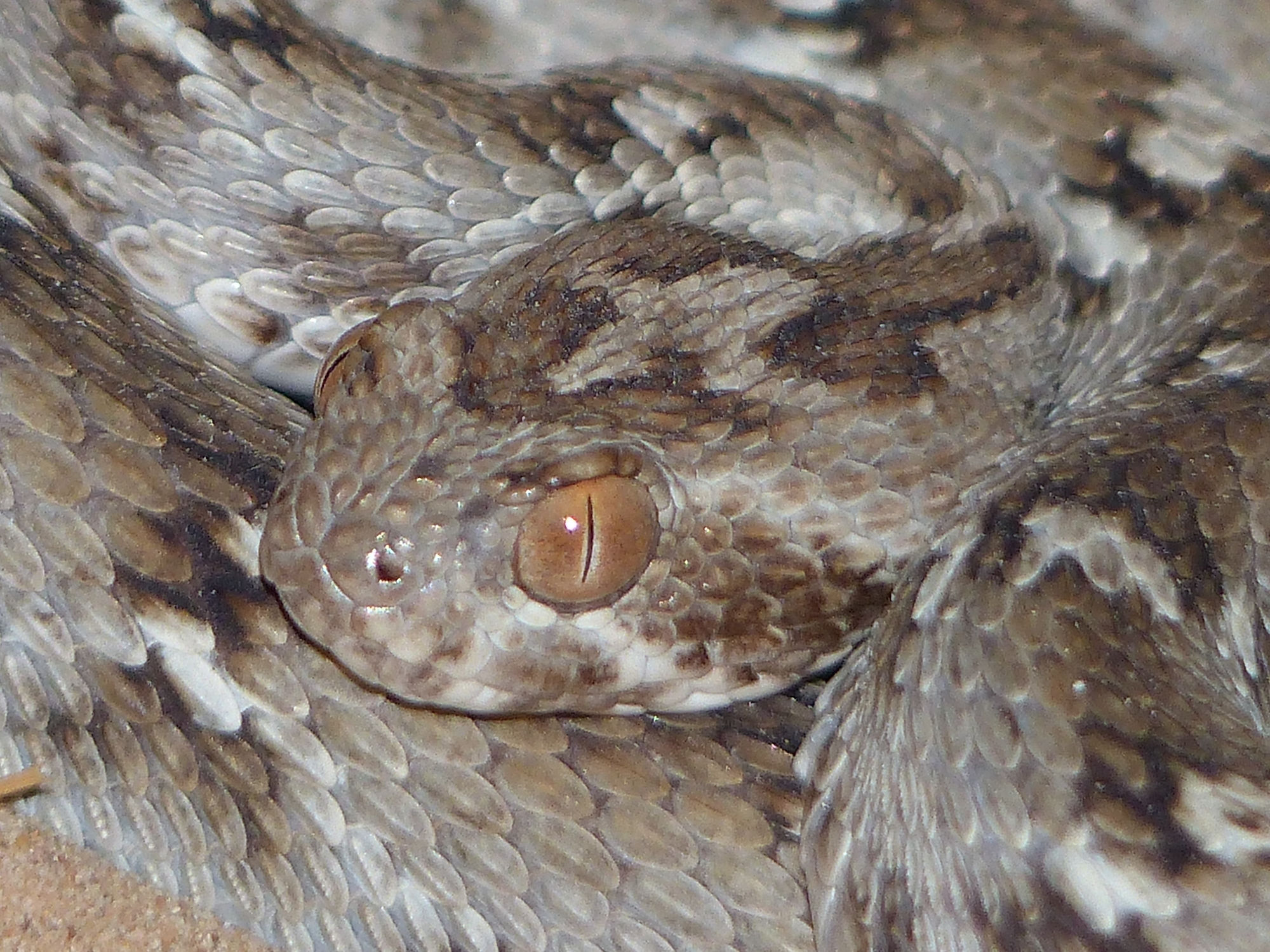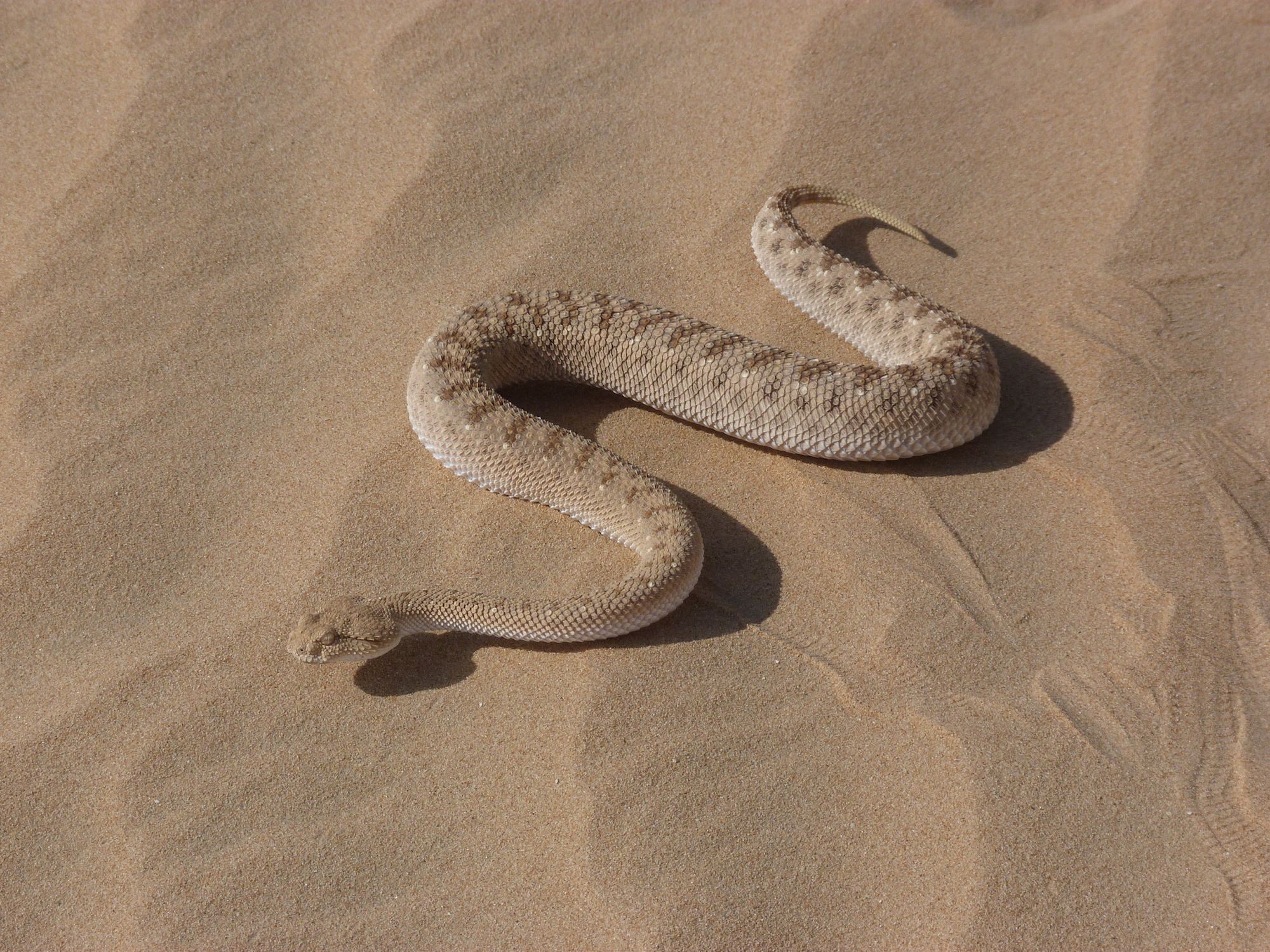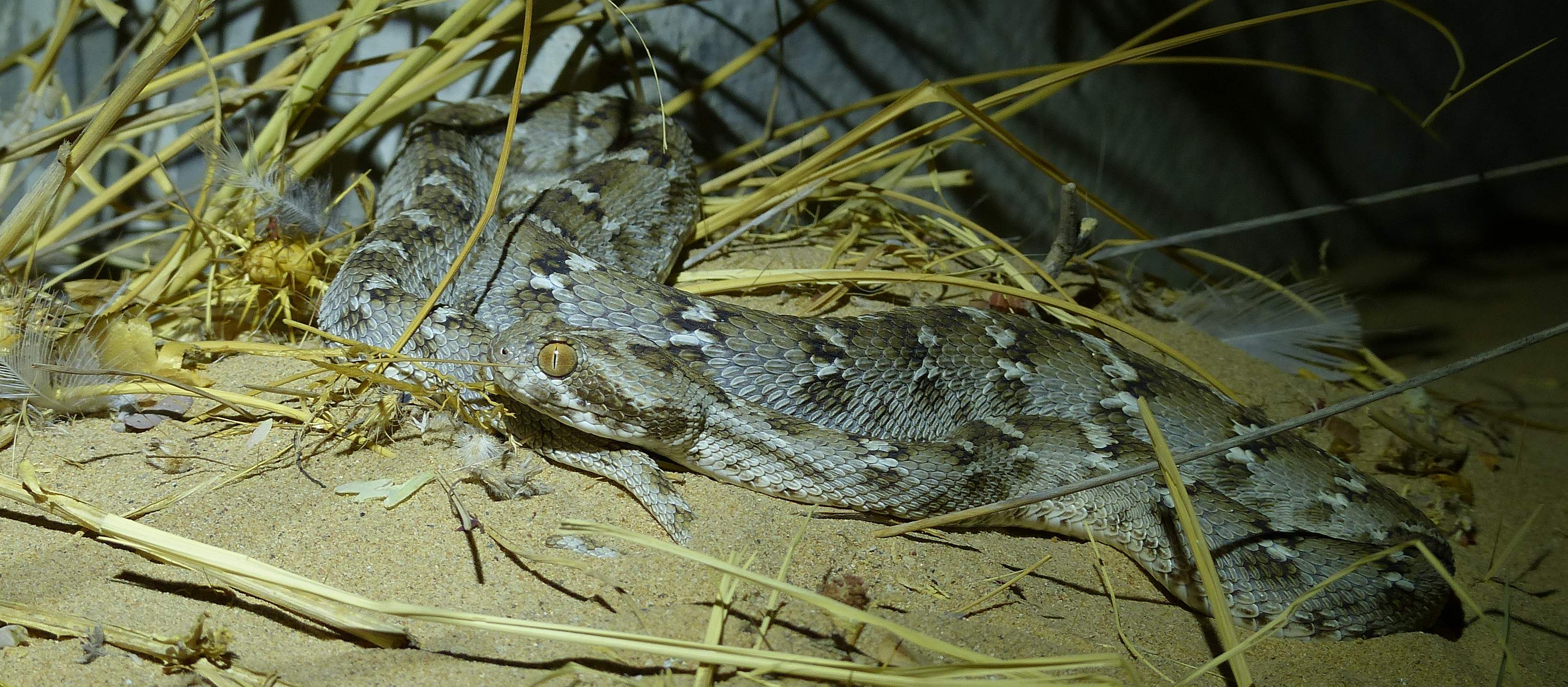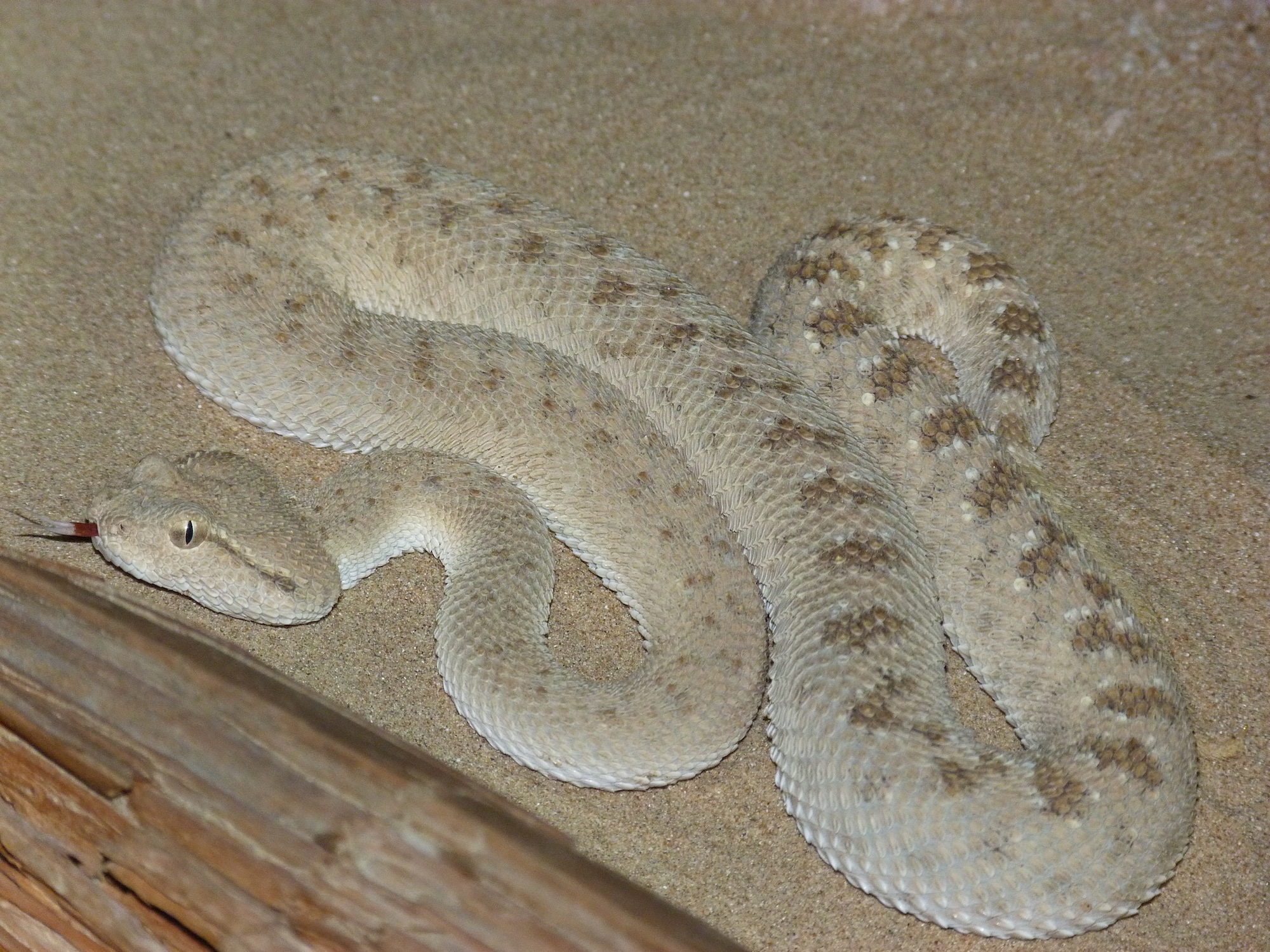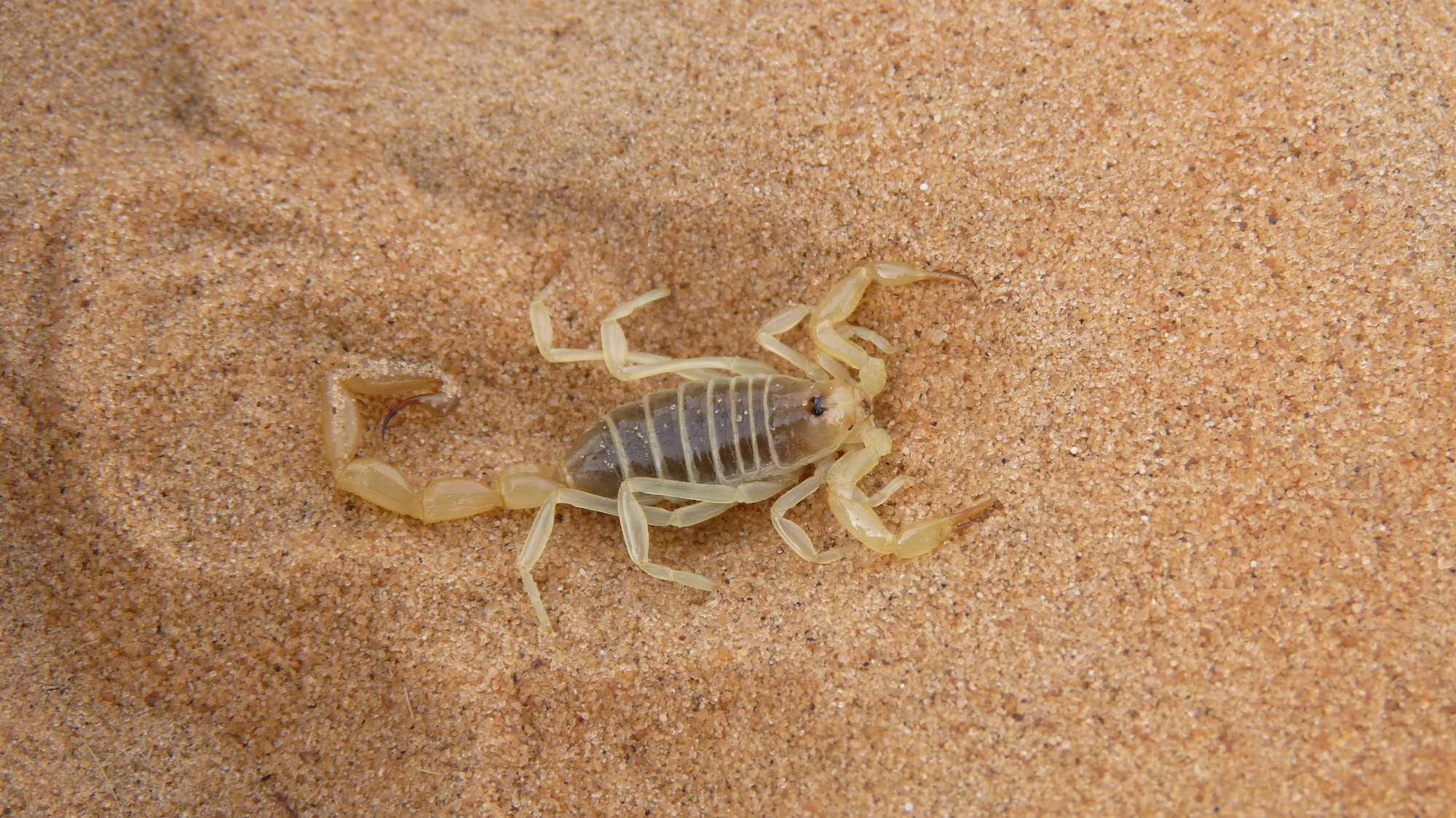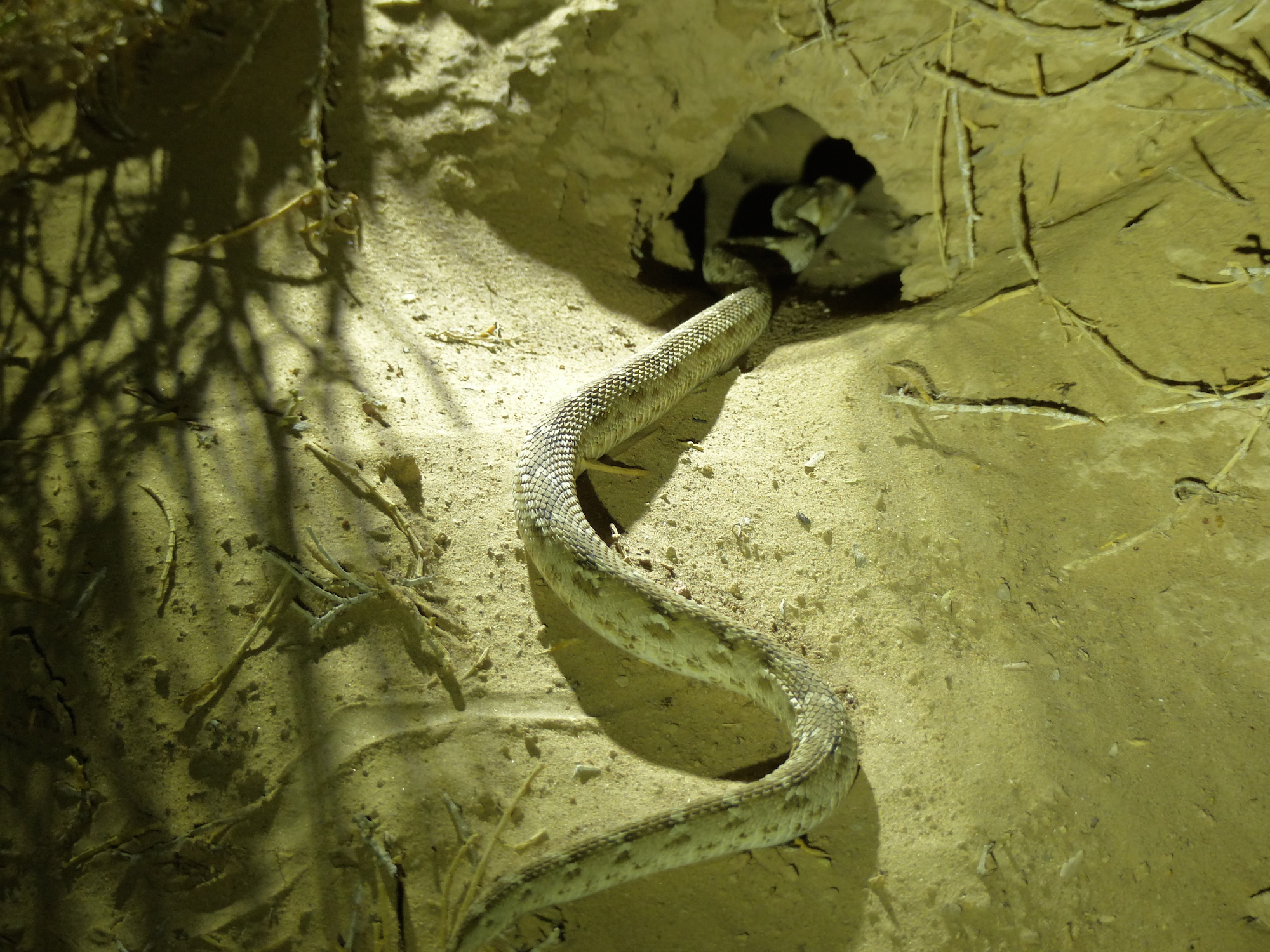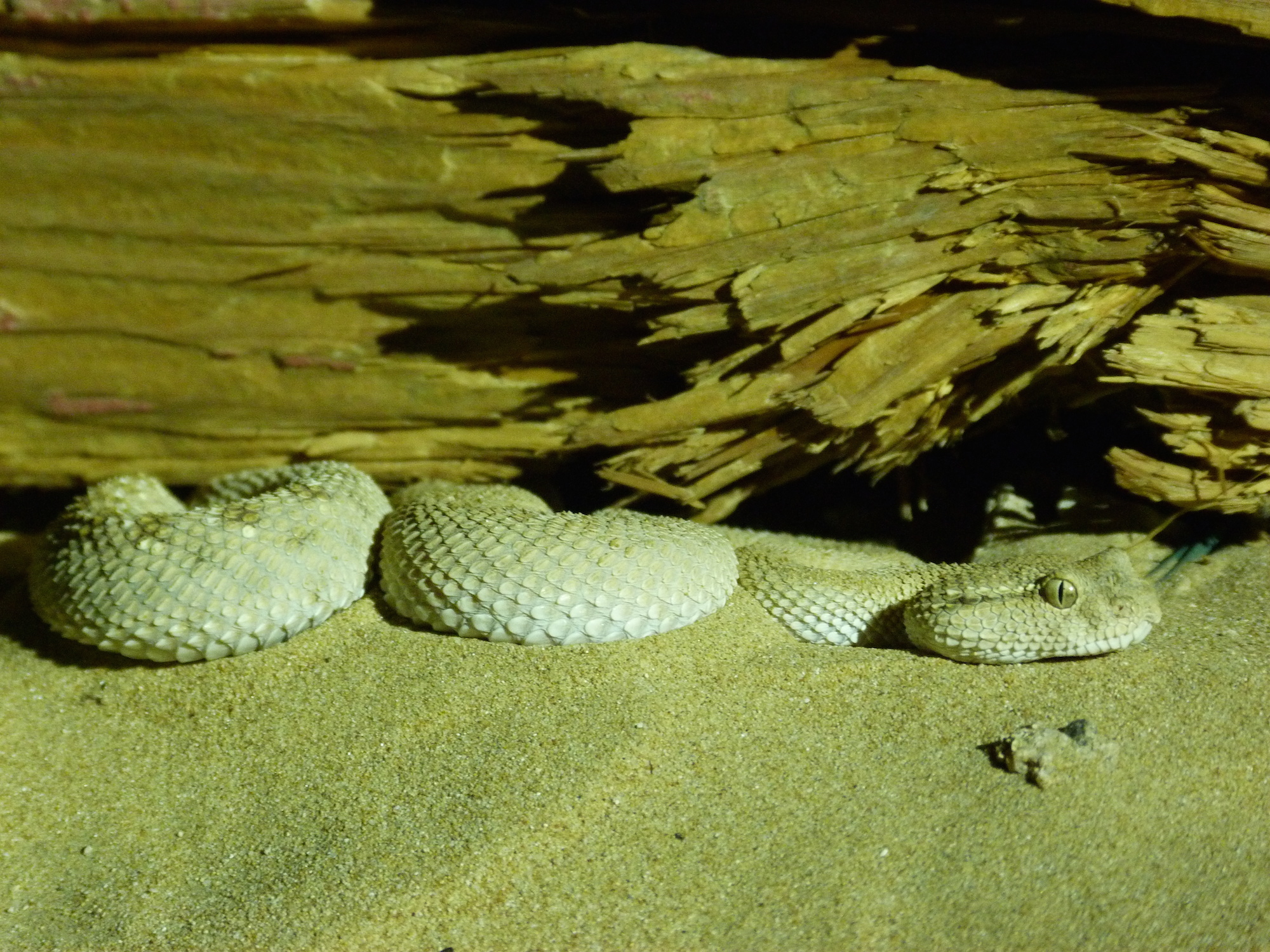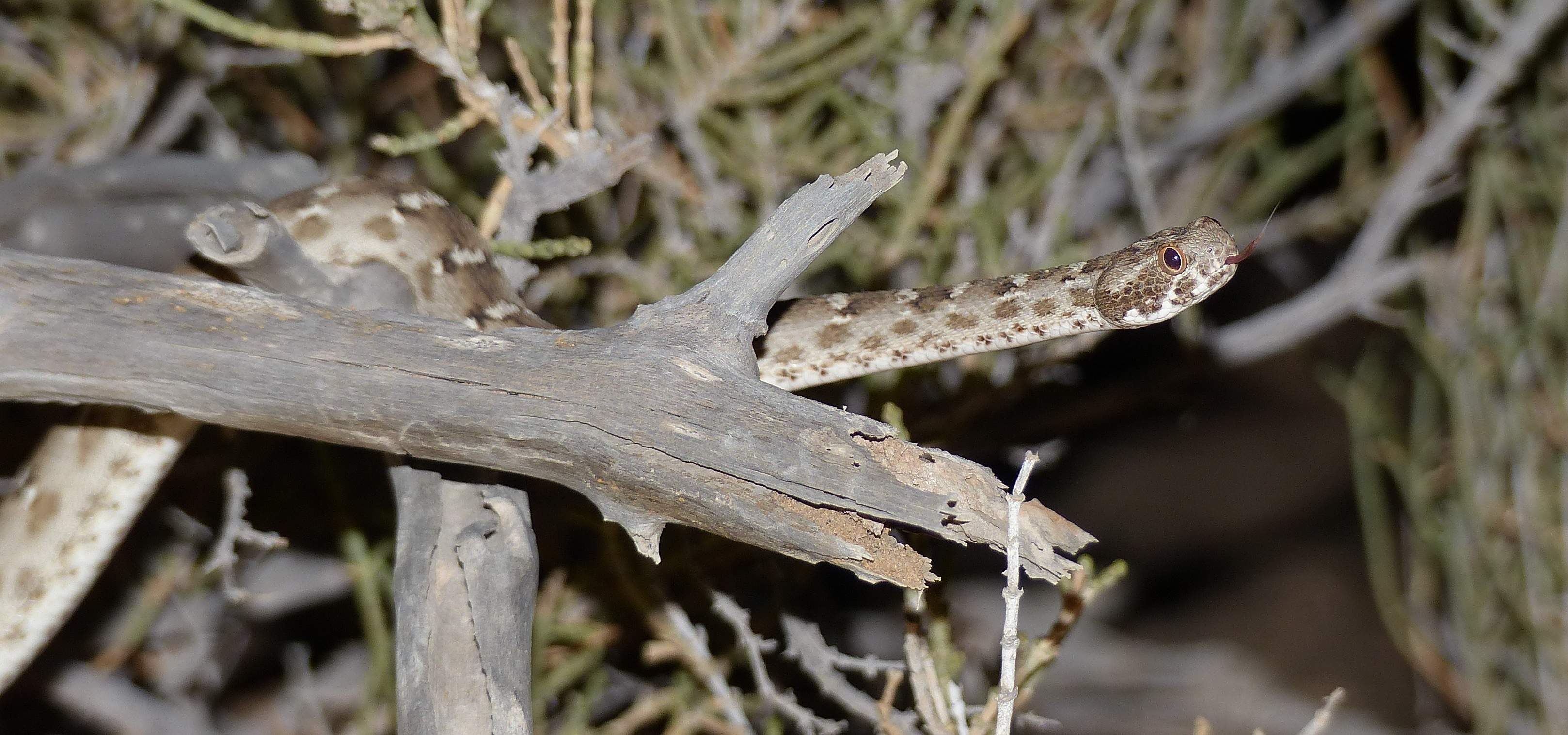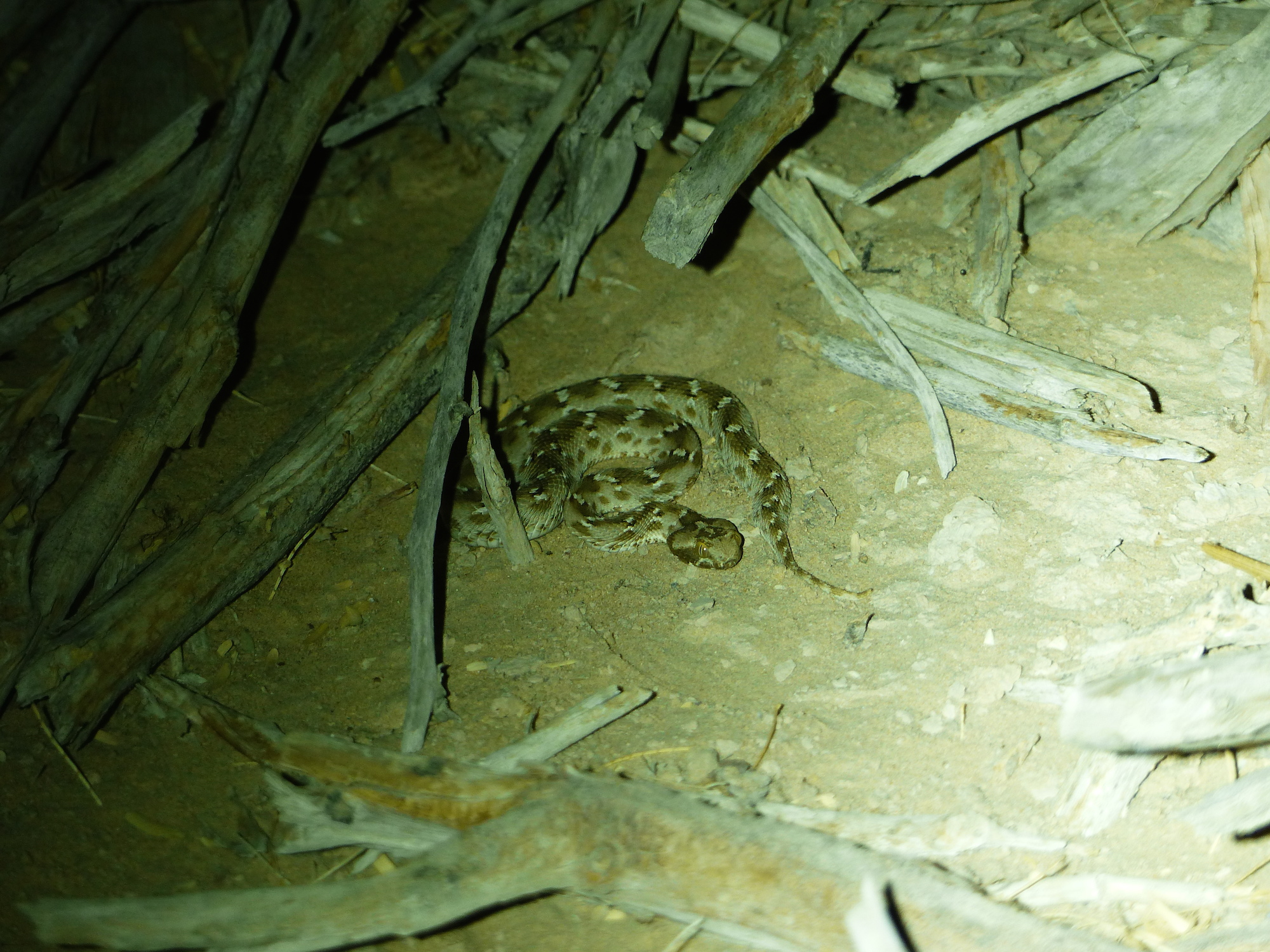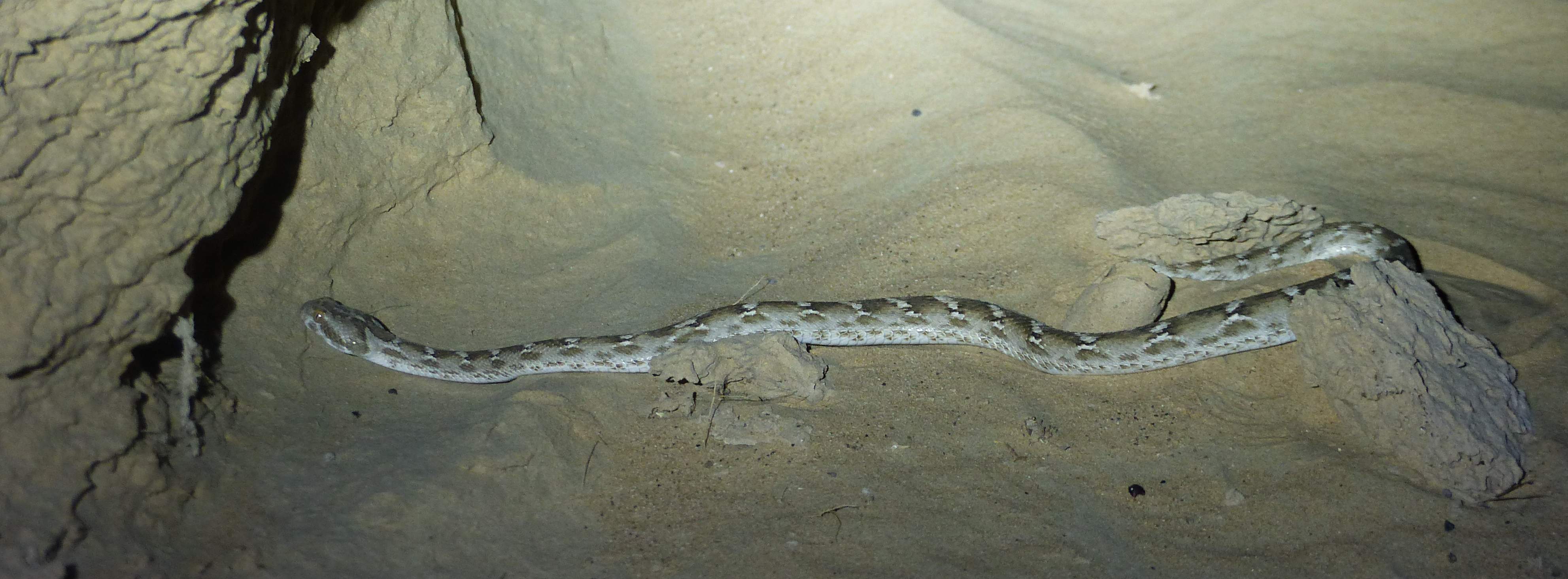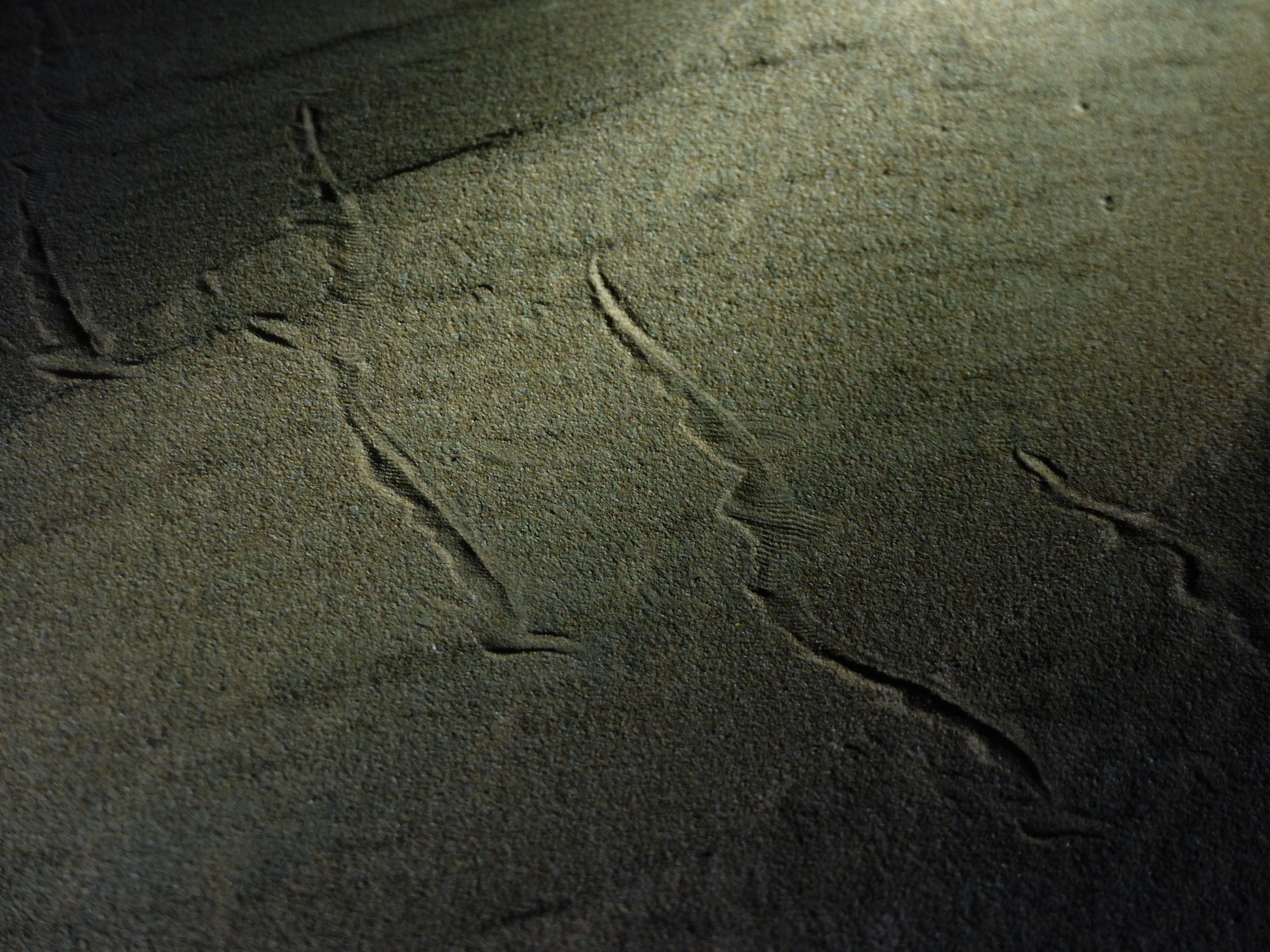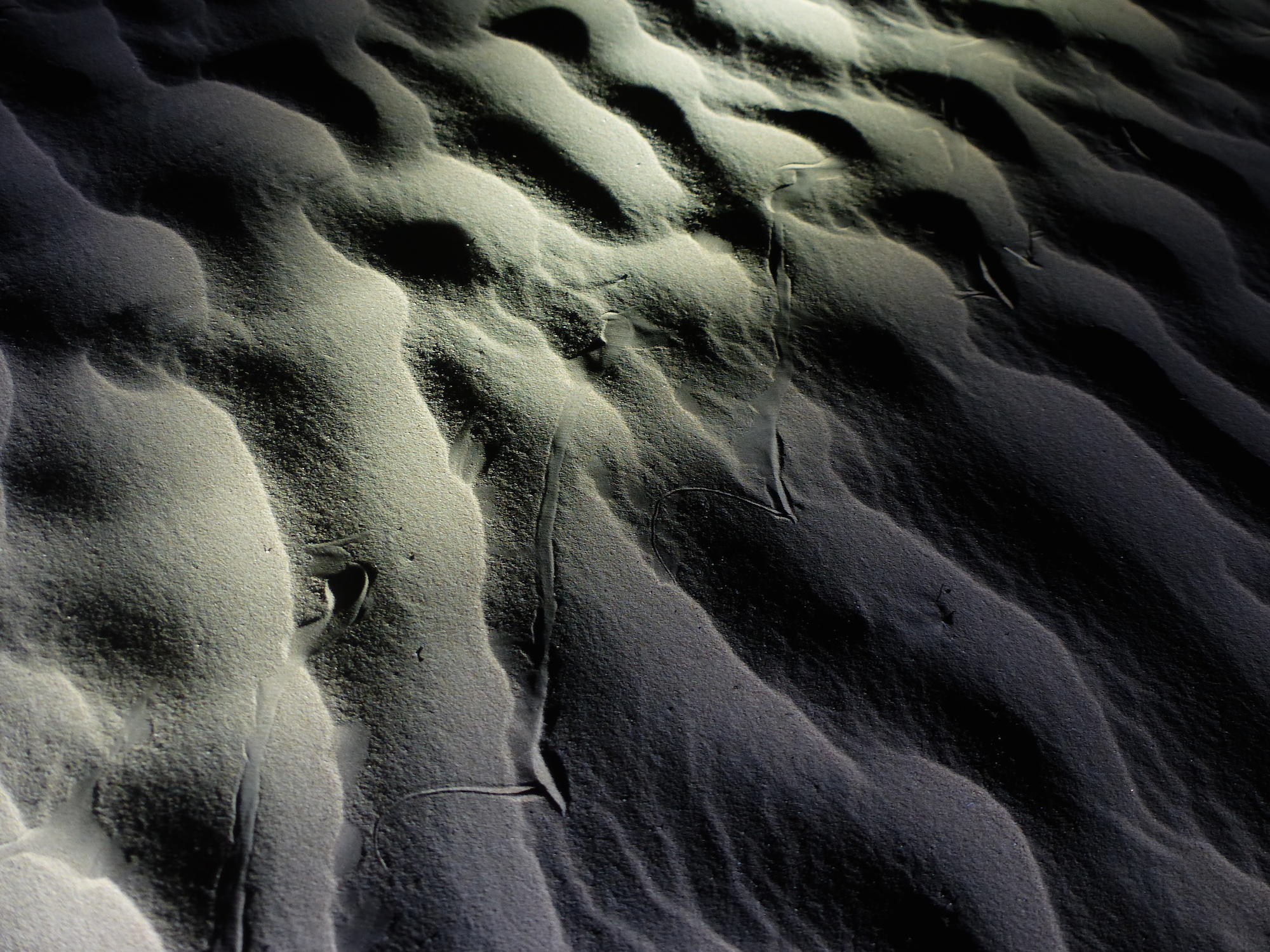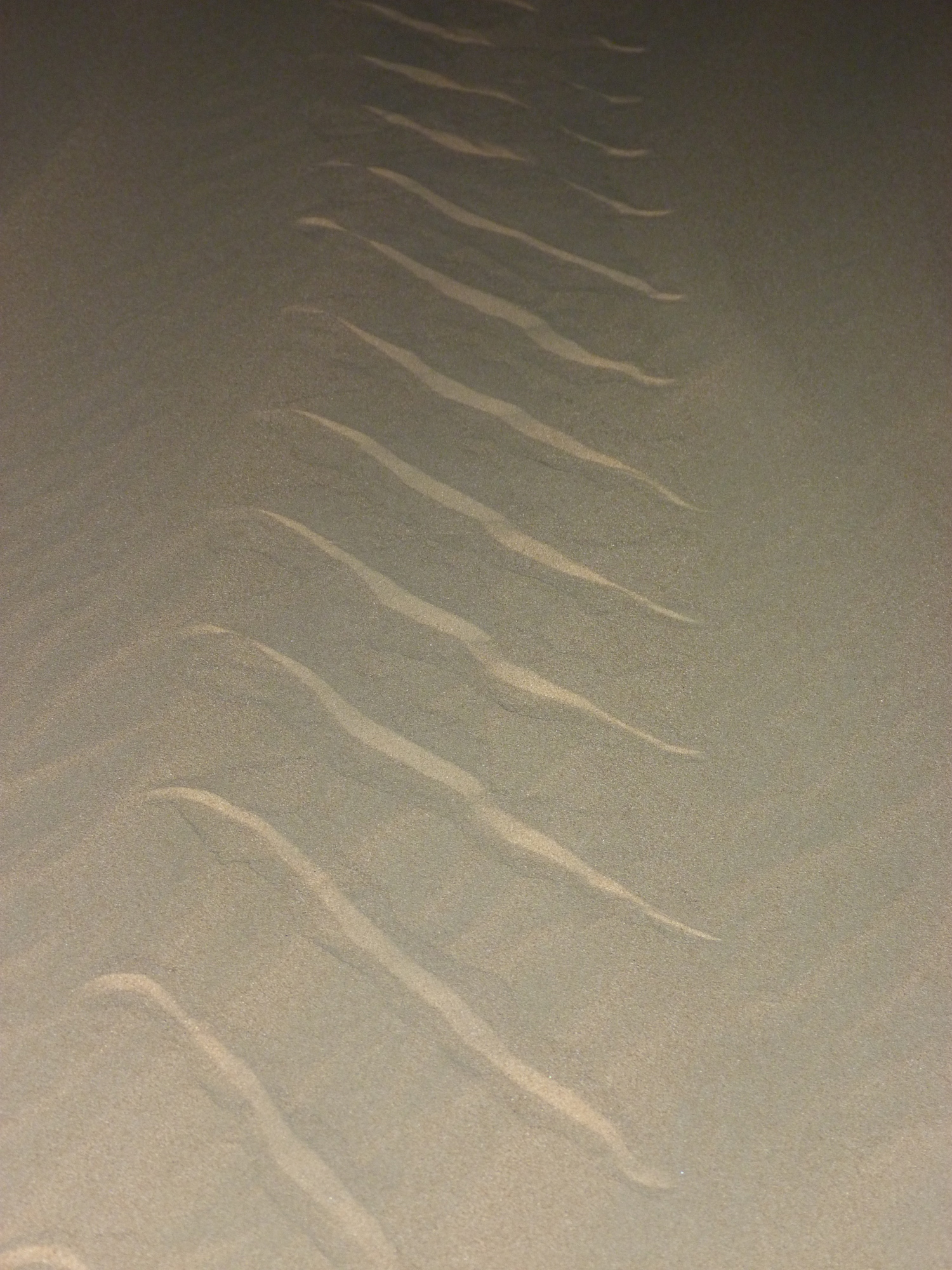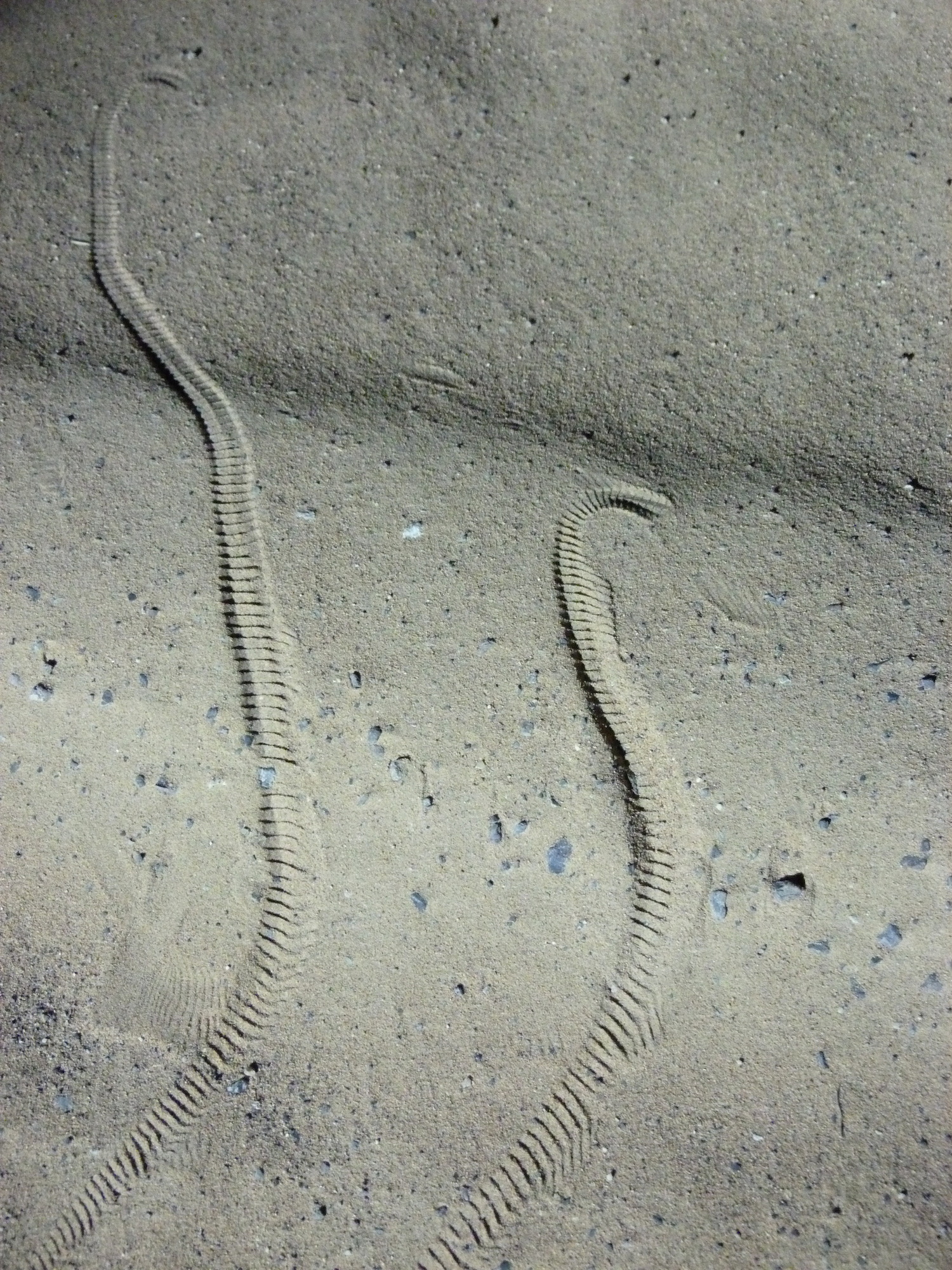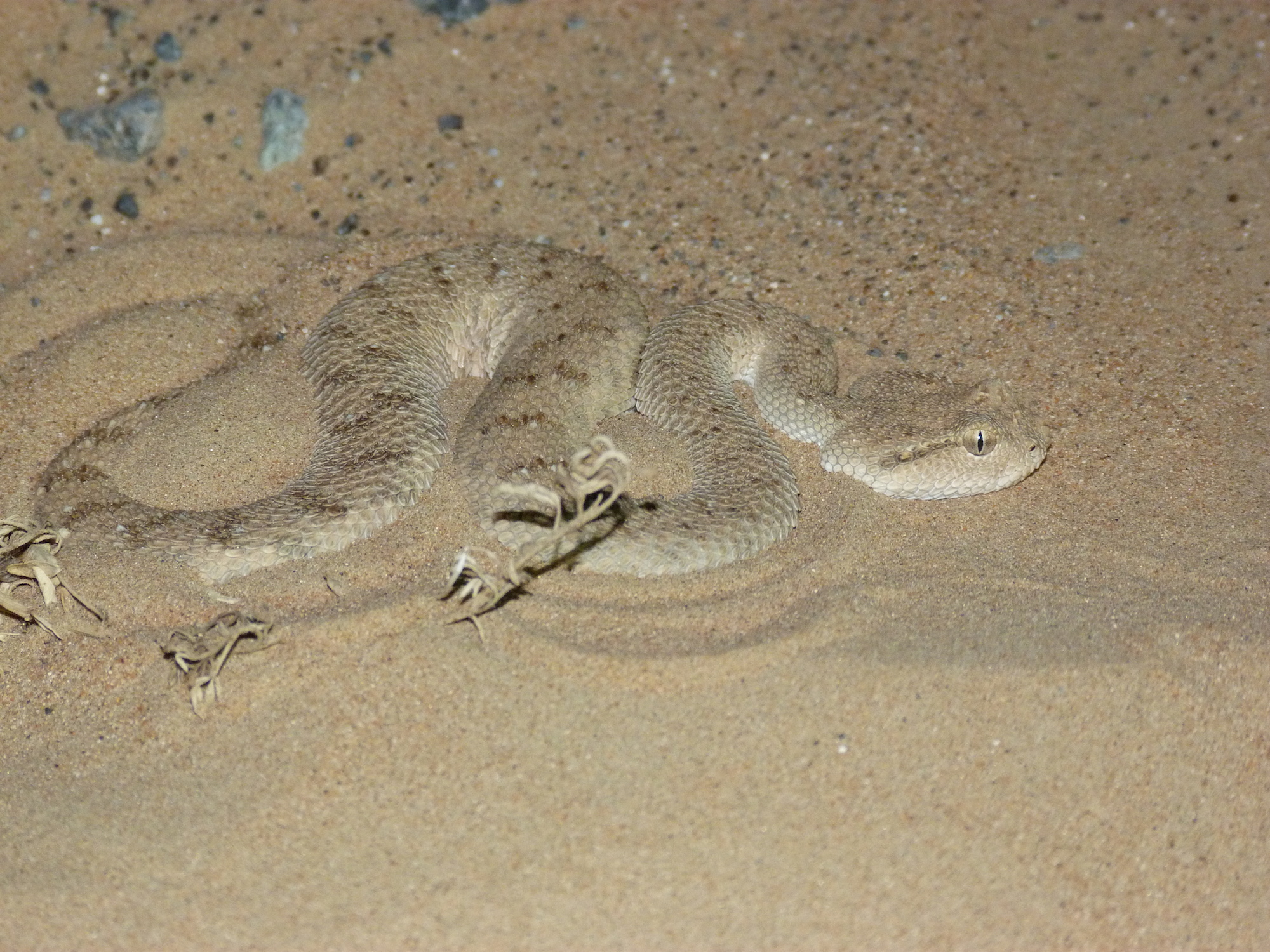It appears that the UAE desert is an empty and forlorn place with regards to wild animals – but Brigitte Mathilda has had a different experience during her time as an expat in the UAE.
She has a passion for snakes and reptiles, and weekenduae is fortunate to share her experience and photos with you.
She says the lesser-loved species in the desert are reptiles – and they are mostly being killed because they are feared and unknown, basically: unloved.
But this particular wildlife also needs to be in its place because it has an important role in the natural food chain. Simply, they belong there. It’s their place. And if you study them a bit you will be amazed by them!
“But aren’t these animals dangerous to people?” I ask.
Yes of course – they can be a threat when people have no knowledge about them. In Arabia we have some vipers like the venomous Horned- (mostly without horns) or Sand Viper, and the Saw Scaled Viper. Scorpions should also be kept at a distance as they can give a nasty sting as well.
“So, if I were to come across a snake, for instance, what should I do?”
If you are really much too close, let’s say only around one meter away, stop moving and stand still. If the snake can flee in the opposite direction, give it the chance to disappear, probably back to its hole. Never corner a snake.
If you have to try to step back away from it, this has to be done very slowly.
At a distance over three meters you are generally not in immediate danger and in a position to watch and enjoy. Of course if it comes towards you, be ready to move back and away.
The venomous snakes in the region are vipers, and they don’t normally attack or run towards you. They just want to be left alone.
Their characteristics are: triangular head, thick, somehow short body, short tail and side winding movements. They don’t grow to be very long, only up to 80 cm max. Juveniles are only very tiny so it’s wise to be very careful when picking up sticks from the ground. Always bring your own firewood when camping, in any case.
Q: And what if someone were to suffer from a snake bite?
The victim needs to stay calm and not panic. No unnecessary movements. No cutting the bite marks with a knife, no sucking the blood out, no medicines. Only rinse with water, apply a light bandage and keep immobile. Do not elevate the bitten area – when bitten on the foot, just sit in the car if possible; when bitten on the hand or finger, keep your arm at 90 degree angle across your belly and sit.
Immediately call 999 police/ambulance to ask which hospital to approach. Make sure you clearly explain you are a victim of snake-bite so you are given directions to a hospital that is equipped to deal with snake bites, and not just the closest one.
Most of the more “dangerous” animals are mainly nocturnal, and that means they rest during day under some debris, in burrows or under stones, and they come out at night to hunt. They get enough water from their prey, and their senses to detect prey are phenomenal.
It’s always wise not to camp close to bushes. And when driving try not to run over plants and bushes as these can be a home/food source of many species just in one bush.
When searching a camping spot look for animal footprints. For example, vipers leave the typical J-shape side winding print. In sandy areas you can easily see if there’s a snake in the area just by knowing what their tracks look like.
Snake visits in a camp are very rare. The completely harmless Sand Boa may appear, as per my personal experience. When you see a continuous undulating S track (below) it’s mostly left by the Sand Boa or the equally harmless Leaf Nosed Snake.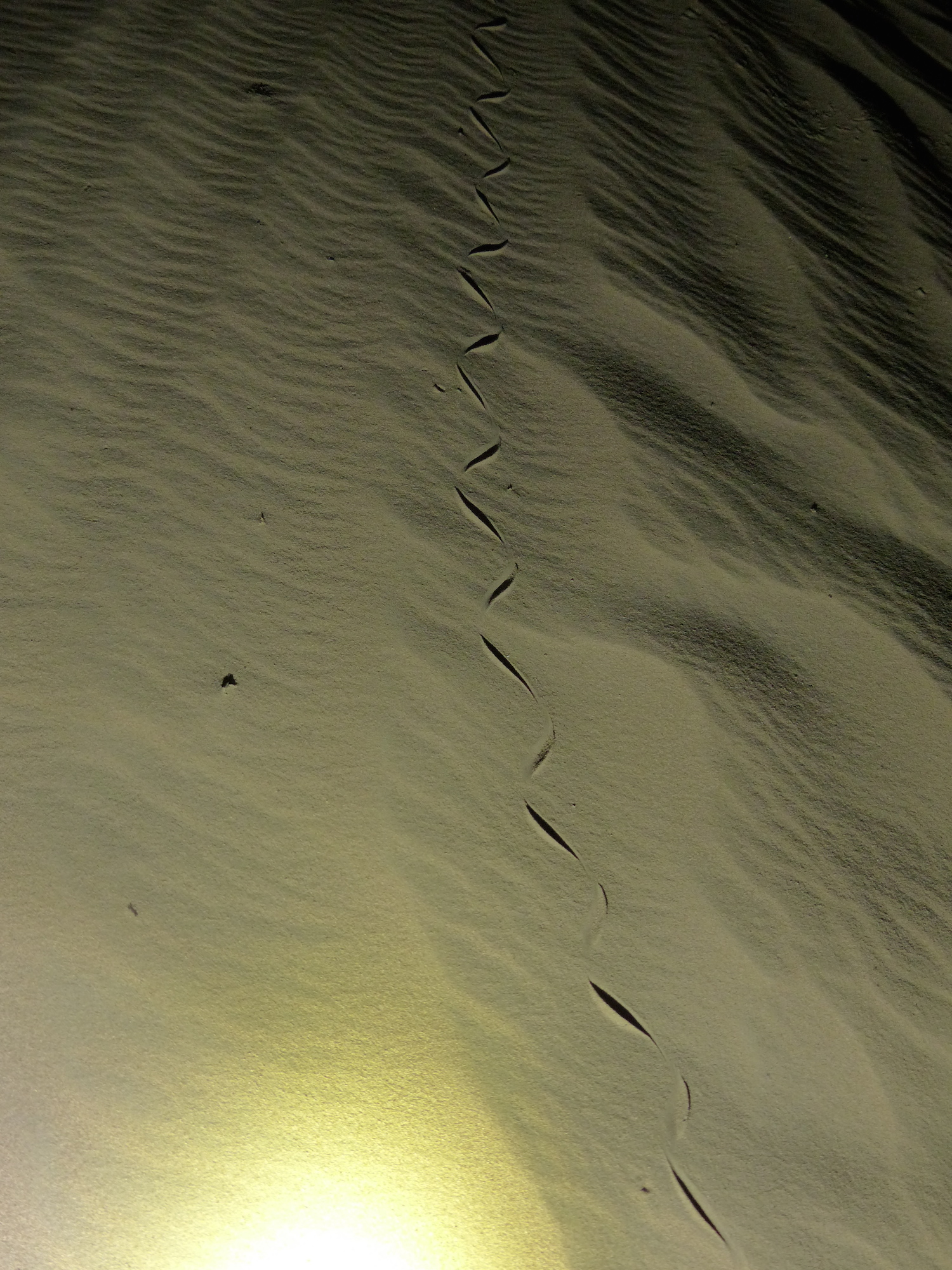
As a general precaution, always wear closed shoes when camping (better if high enough to cover the ankles) and take all garbage out with you.
What you must never do is try to kill a snake if you see one.
All the photos in this article were taken by Brigitte Mathilda.
Please make sure you read the Disclaimer and plan your trips with due care.
More incredible facts and photos of the viper here!

